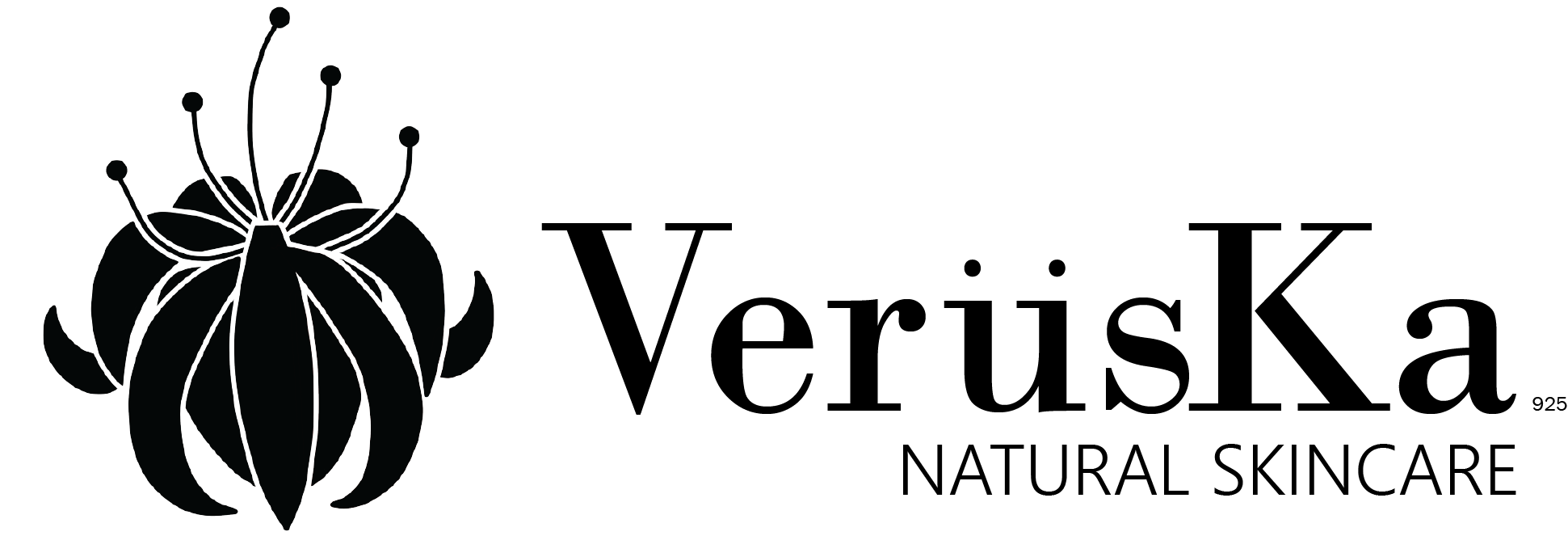
It is the beginning of Winter, it is dark and cold, and it is probably the best time of the year to add a hyaluronic acid serum to our skincare routine. Would you like to know why? Hyaluronic acid is the best humectants! Hyaluronic acid is a sugar molecule that occurs naturally in the skin, and it helps to bind water to collagen, trapping it in the skin, so the skin can appear plumper, dewier, and more hydrated. Hyaluronic acid draws moisture into your skin more effectively than any other ingredient; one molecule can hold over 1,000 times its weight in water.
Hyaluronic acid sounds like a chemical ingredient, but it’s not. It’s a molecule that occurs naturally in the skin’s structure and connective tissue throughout the body. It helps lubricate, hydrate, and cushion joints, eyes, and skin. It has a natural ability to hold onto water and seems able to adjust according to humidity levels, helping your skin cope with even dry climates. However, your skin’s level of Hyaluronic Acid decreases with age, and your skin loses its natural ability to retain moisture.
Hyaluronic Acid To Getting Plumper Skin
Hyaluronic acid can deliver great anti-aging benefits just by avoiding dryness and irritations, especially during winter. The extra moisture that HA provides helps plump the skin and makes fine lines and wrinkles look smoother, and found in most of the anti-aging serums on the market. Scientific studies have demonstrated that HA helps improve skin hydration, retain skin elasticity, and aids the production of collagen.
Hyaluronic Acid Works On All Skin Types
Hyaluronic acid is not “heavy”; all skin types can use it, even combination or oily skins. It’s a powerful skincare ingredient that helps retain moisture and hydrate the skin without making it oily. HA is not an oily ingredient, is very light, and can be incorporated into non-greasy products for oily-prone skin.
How To Choose The Right Hyaluronic Acid Serum
To get the most out of this ingredient, here are some of my recommendations:
- As usual, look closely at the product’s ingredient list. Some formulations claim to contain hyaluronic acid even though the amount is small. Make sure to look for sodium hyaluronate early in the ingredient list.
- HA molecules were too large to penetrate the skin’s surface. Now, there are plenty of offerings with lower molecular weights that can make their way through skin’s layers and temporarily plump you up to the top layer of skin. So make sure your hyaluronic acid serum contains low molecular weights.
- Pair hyaluronic acids with other ingredients like ceramides, peptides, niacinamide, or other antioxidants.
- Prefer a paraben-free, fragrance-free and propylene glycol-free, phenoxyethanol-free formulation if possible
Based on my recommendations, here are the best hyaluronic acid serum to give your skin some love this winter.






